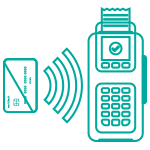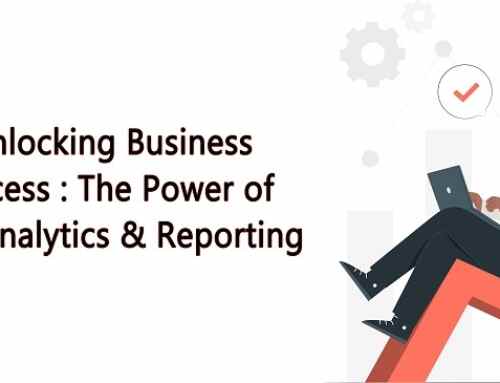A business must maintain a cash box to record bank and cash transactions. At the same time, the cash book has a cash column that features the cash available to the business, besides a bank column that will show the money available at the bank. The bank also keeps an account for every customer in the book. All the deposits are generally recorded on the credit side of the customer account, and withdrawals are seen on the debit side.
What is a Bank Reconciliation Statement?
In simple terms, BRS is a statement prepared for negotiating the difference between balances per the cash book bank column and passbook to a given date.
A business needs to identify the reasons for the same if the balance available in the passbook does not match with the bank column of the cash book. The bank also sends the account statement to the clients regularly, and at times, there are some situations where the bank account statement doesn’t match the bank balance mentioned in the cash book.
It is vital to reconcile the differences. A cash book and passbook balances are reconciled in a reconciliation statement prepared, known as the Bank Reconciliation Statement (BRS).

Why should you prepare a BRS?
It is not mandatory to prepare a BRS, and there is also no fixed date for preparing it. BRS is mainly composed on a periodical basis and is prepared to check if the bank-related transactions are correctly recorded in the cash books bank column. BRS helps detect all the mistakes while recording transactions in data mining by finding the exact bank balance on a specific date.
How to Prepare Bank Reconciliation Statement?
- Firstly, you need to compare the opening balances of your bank column in your cash book with the bank statement. These can be different due to uncredited or un-presented cheques from a previous time.
- Now you need to compare the credit side of your bank statement with the debit side of your bank column in the cash book and the debit side of the bank statement with the credit side of your bank column in the cash book. Then finally, you need to mark all the items on both records.
- Then it would be best to analyze the entries in the bank column of your cash book and passbook. You need to look for missed entries to be posted in the bank column of the cash book. Make a list of all these entries and make the necessary adjustments in your cashbook.
- If any mistakes appear in the cash book, you must correct them.
- Once you correct all the mistakes, you must calculate your balance after revising the bank column in your cash book.
- Once you update your cash book balance, you have to start with the process of a bank reconciliation statement.
- You have to add the un-presented cheques and deduct the underrated checks—represented by cheques issued by the business from creditors or suppliers but not presented for payment. Uncredited checks are checks that are paid to the bank but do not generate income.
- You have to make all the essential adjustments for the bank errors. If the bank reconciliation statement starts with a debit balance and the bank column of the cash book adds to all the amount mistakenly credited by the bank. It deducts all the amounts of mistakes credited by the bank. If it starts with a credit balance, you can do vice versa.
The figure resultant should be equal to the balance in your bank statement.
Importance of Bank Reconciliation Statement
Accounting errors can change tables in no time, and it is very embarrassing when your cheques keep on bouncing or you get some calls from suppliers who annoy you with payments that are already released. A bank reconciliation statement helps you in spotting all the errors and frauds and also reduces the risk of transactions that could cause penalties of late fees.
Detect errors in time:
A bank reconciliation statement helps you spot every business’s accounting errors. It includes errors like addition subtraction and missed payments besides double payments.
Tracking interest and fee:
Banks can add interest payment fees or penalties to your account. You can either subtract & add the amount in the books or can go through the process of reconciling monthly statements.
Detecting fraud:
You might not be able to prevent employees from stealing money, but you can indeed prevent it in the future with a bank reconciliation statement. This statement helps you to spot fraudulent transactions. Employing an independent person to perform the reconciliations is always advisable to prevent the accounting employee from doing fraudulent transactions.
How often do you need to reconcile your bank statements?
You should reconcile your bank account whenever you receive a statement from your bank. It is often done at the end of every month or week. You should reconcile your statement daily if you have many transactions happening daily. Before you begin the reconciliation process, you must ensure that you have recorded all the transactions to the end of your bank statement.
Also, read – How restaurant consulting can help grow your food business
Conclusion:
Hence you need to match the cash balance on your balance sheet to the corresponding amount on your bank statement. You can determine the difference between the two to make changes to your accounting records, resolve any errors and at the same time identify wrong transactions.









![Best Food Franchises in India [Low Investment]](https://ivepos.com/wp-content/uploads/2023/04/Food-Franchise-500x383.jpg)
Leave A Comment